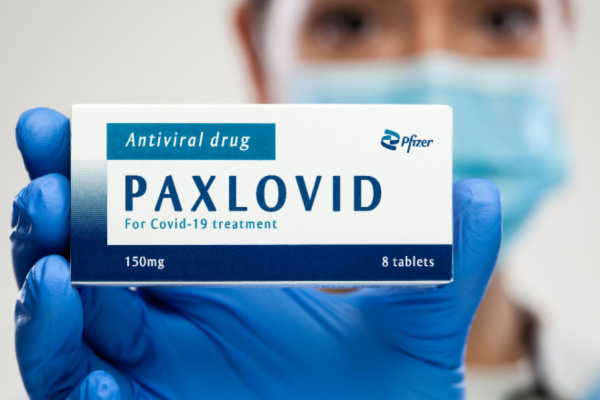As The Washington Post reports, President Joe Biden has experienced a “rebound” coronavirus infection following a course of Paxlovid, an antiviral used to treat people at risk of severe illness from COVID-19, and is now back in isolation. Rebound cases, in which someone experiences symptoms or tests positive after completing the course of the medication and testing negative, have been described as rare, but some medical experts are saying they may be more common than previously thought.
According to The Washington Post, Biden began his Paxlovid treatment shortly after testing positive. He emerged from isolation on Wednesday after he started testing negative, but the White House announced Saturday that he had again tested positive and was not experiencing symptoms.
Here’s What You Need to Know about Rebound Cases of COVID-19 following Paxlovid treatment:
What is Paxlovid?
Paxlovid is an antiviral drug by pharmaceutical giant Pfizer used to treat mild to moderate COVID-19. It’s been made available to Americans under emergency use authorization by the Food and Drug Administration for people ages 12 and older who have tested positive for the coronavirus and are at higher risk of having severe illness from the disease. One factor that can raise a patient’s risk is age; Biden is 79 years old.
The Centers for Disease Control and Prevention (CDC) recommends that people start Paxlovid treatment “as soon as possible” after receiving a positive coronavirus test, and no later than five days after symptom onset, similar to the antiviral Tamiflu, which is used to treat the seasonal flu and is only effective shortly after symptoms start. Paxlovid tablets are taken twice daily for five days.
The Biden administration has in recent months pushed the treatment as a tool to help the country through ongoing waves of coronavirus cases. Ashish Jha, the White House coronavirus response coordinator, said in April that “Paxlovid is a really important step in our ability to fight this pandemic.” More than 3 million courses of Paxlovid have been administered in the United States since December, according to data from the Department of Health and Human Services.
What are “Rebound” cases? How common are they?
A rebound case is “characterized by a recurrence of covid-19 symptoms or a new positive viral test after having tested negative,” according to the CDC. The agency issued an advisory in May amid concerns about the phenomenon, recommending that people who experience a resurgence of covid-19 following treatment should again isolate for five days and wear a mask for 10 days. The CDC said in the advisory that “a brief return of symptoms” may come naturally, “independent of treatment with Paxlovid.”
Still, rebound cases had been described as rare – even by Biden in his tweet announcing his case. But many people may not test if they get sick again after their initial infection, making rebound cases hard to track. Catherine Bennett, a professor of epidemiology at Deakin University in Australia, said in an email that recent data have suggested that rebound cases happen in about 10 percent of Paxlovid recipients, “so not rare, but uncommon.”
Should you be concerned about possibly having a Rebound case?
Bennett said that the public should not be concerned by rebound cases, but rather be aware that such cases are possible, and to monitor themselves closely after they finish a course of Paxlovid. She advised people to recognize the signs of rebound cases – testing positive or experiencing a resurgence of symptoms – and go back to their doctor if the signs appear.
Additionally, the CDC said that there was “currently no evidence” that people who experience rebound cases need to have a second course of Paxlovid.
—
Photo Credit: Cryptographer / Shutterstock.com
